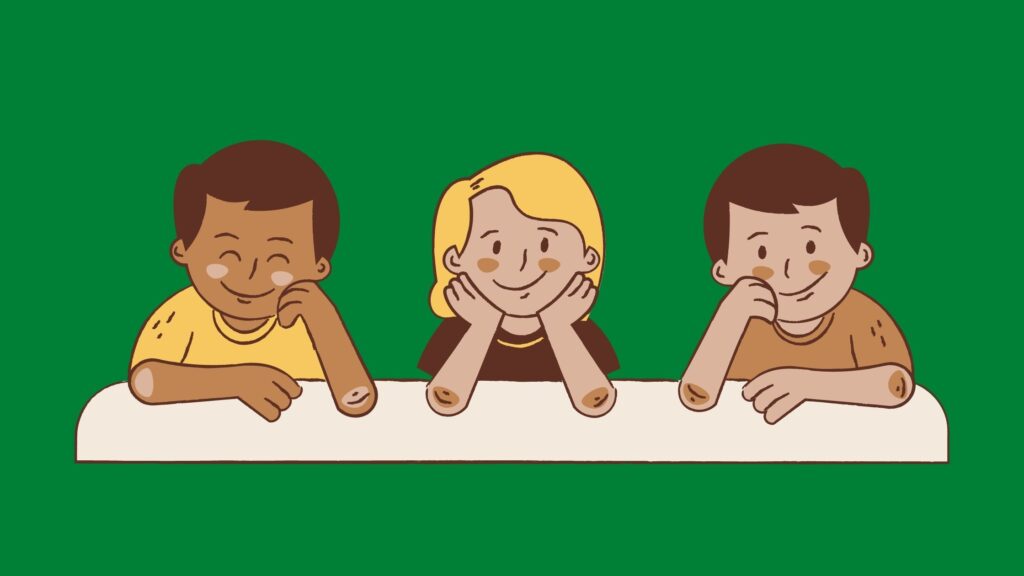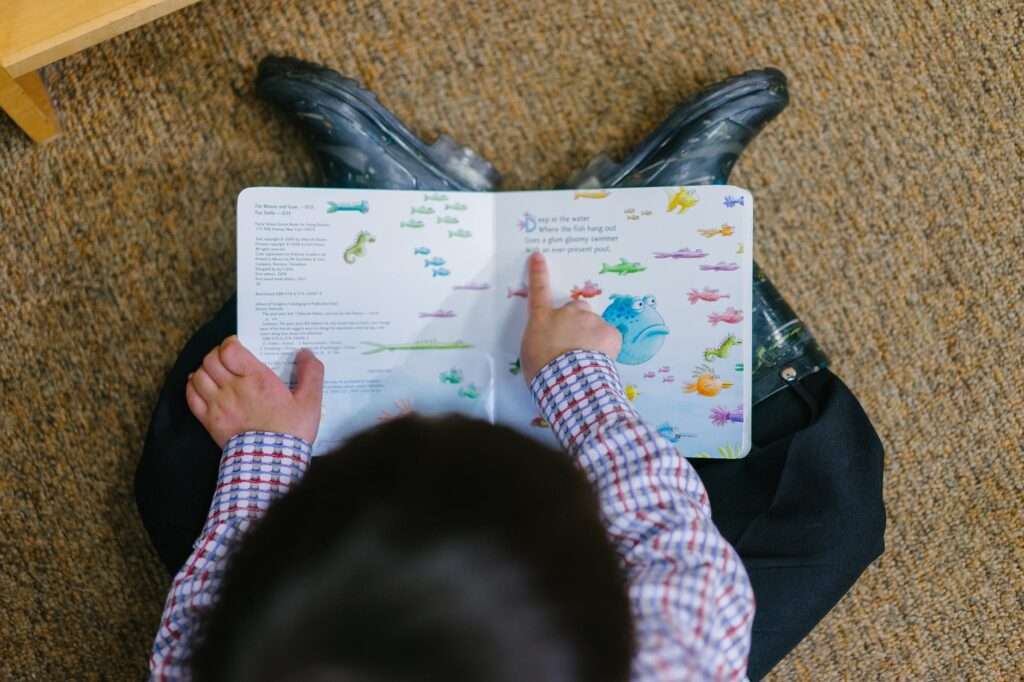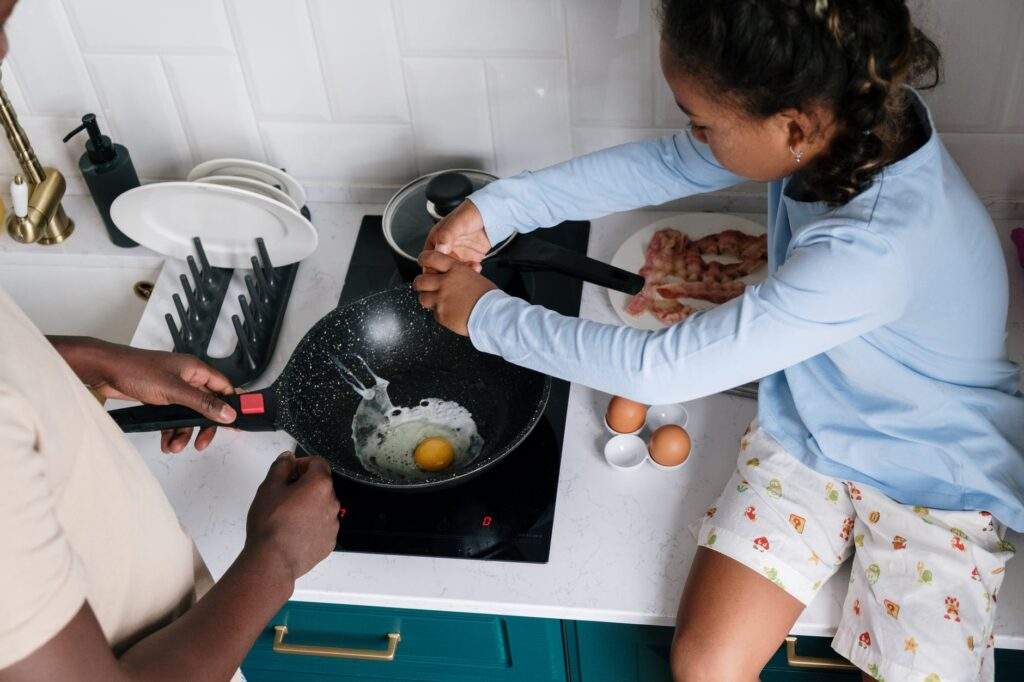
How to Create Procedural Writing for Kids

Procedural writing for kids is a type of writing that helps us explain how to do something. It’s often used in recipes, directions, or manuals.
Procedural writing can be helpful for kids when they are learning to do something new. It can also be helpful when they need to remember the steps involved in doing something.
A procedural text is a how-to text, a type of writing that gives step-by-step instructions to teach or tell your readers how to do something. For example, issues of procedural texts may be used for “How to set up a particular product,” “How to solve a problem with a device,” etc.
Why is procedural writing important?
Procedural writing is important for two reasons.
First, it helps us communicate clearly and efficiently.
Second, procedural writing teaches kids to follow directions.
3 Important Principles of Procedural Writing for Kids
There are a few things to keep in mind when creating procedural writing for kids.
First, procedural writing should be clear and concise. Use simple language that kids can understand.
It’s also important to break the steps down into manageable chunks. Kids shouldn’t feel overwhelmed by a long list of instructions.
Finally, procedural writing should be visually appealing. Use colorful images and headings to organize the information.
How to Create Procedural Writing for Kids
Now that we know what procedural writing is, let’s take a look at how to create it. The following steps will outline the process for creating procedural writing for kids.
1. Choose a topic
The first step is to choose a topic. This could be something that your kid is going to learn how to do or something you want them to remember. For example, if your child is learning how to ride a bike, procedural writing can help you organize the steps involved in doing so.
On the other hand, procedural writing could also be used when teaching kids about shapes. It’s helpful because kids won’t have to rely on memory. Procedural writing can help create a visual reference that shows what each shape looks like.
2. Identify the topic that procedural writing will explain
In procedural writing, it is important to introduce the reader to the topic of the document. This can be done in different ways. You can introduce the topic by using a question, a definition, a problem or a comparison.
- "How does a computer work?"
- "What is procedural writing?"
- "Why procedural writing?"
- "Compare to other types of documents..."
Etc.
3. Create headings for procedural steps
4. Break down procedural steps into chunks and write procedural steps
The procedure section is where you explain the steps on how to do something. It is important to include an explanation of each step in procedural writing. This will ensure that the reader understands what to write and more importantly, why they are writing it.
- "First, write your name."
- "Then, draw a picture of your favorite place."
- "Next, save your picture to your computer."
Etc.
5. Add visuals
6. Proofread procedural writing for kids
7. Test procedural writing on kids if necessary
What are the benefits of procedural writing for kids?
- Procedural writing can help improve reading comprehension skills.
- Procedural writing can help improve problem-solving skills.
- Procedural writing can help improve critical thinking skills.
- Procedural writing can help improve writing skills.
- Procedural writing can help teach kids how to follow instructions.
How do I proceduralize my writing for kids?
There are a few things you need to keep in mind when proceduralizing your writing for kids:
1. Make sure your procedural text is easy to read and understand. Use simple, concise language and break your text down into small, manageable steps.
2. Make sure your procedural text is visually appealing. Use clear headings and formatting to make your instructions easy to follow.
3. Make sure your procedural text is accurate. Double-check your instructions to ensure that they are correct and complete.
4. Make sure your procedural writing is free from bias. Avoid using words that could have negative connotations

An Example
Let's proceduralize a simple math problem, "2 + 3" for kids.
Here are the steps we would follow:
1) First, put two and three together.
2) Add up both numbers.
3) The answer to the addition is five.
Now let's proceduralize this same math problem for kids, but with a few changes:
1) First, put two and three together.
2) Add up both numbers.
3) Look at what you have on your paper now: five!
4) This is how we calculate five.
As you can see, procedural writing for kids can be simple and straightforward. By following these steps, you can help your readers learn how to do just about anything!
Other Principles to Generate Procedural Writing for Kids
Here are some tips on how to write procedural instructions for kids:
1. Start by introducing the task. Explain what needs to be done and why.
2. Next, list the materials that are needed.
3. Write out the step-by-step instructions. Make sure everything is clear and easy to follow.
4. End by reminding the reader what they need to do and why.

An Example: How to Make a Paper Boat
1. Start by folding a piece of paper in half.
2. Fold it in half again.
3. Now fold it in half one more time.
4. Turn the paper around and make a triangle on the other side.
5. Fold down the top corner of the triangle.
6. Flip over the boat and push in the sides gently to keep it from bending outwards when you add water later.
7. Your paper boat is ready! Put some water into a bowl or container and set the boat inside.
8. Watch it sail across the water!
Some things to keep in mind when writing procedural instructions:
- Be clear and concise. Don’t include unnecessary details.
- Use simple, easy-to-understand language.
- Avoid using jargon or technical terms.
- Use images, diagrams or videos to help illustrate the steps.
Writing procedural texts for kids can be a difficult endeavor to undertake. Fortunately, there are certain steps that you can follow in order to write procedural texts for kids.
It is important to remember that procedural writing is all about breaking down complex tasks into simple elements. In addition, procedural writing should include lots of visuals and visuals aids. As a result, procedural texts are often very easy to follow and understand.
Points to Keep in Mind
When writing procedural texts for kids, you will want to keep the following in mind:
- Start by introducing the task that is going to be carried out. In addition, be sure to identify any materials or tools that are needed for the task.
- Next, walk through each step of the task in detail. Be sure to provide information about when, where, and how each step should be performed.
- After that, check for completeness by carrying out the task yourself or having someone else carry it out. If there are any deficiencies in the procedural text, seek to discover what needs to be added or refined.
- Finally, provide instructions for carrying out the task in case someone else is performing it. If you are presenting procedural text for kids on paper, be sure to use lots of visuals and images to help explain each step. A good procedural writing website will go into more detail on the steps for procedural writing.
Big Mistake
One of the biggest mistakes that procedural writers for kids make is to spell out every action and activity that needs to be carried out.
Of course, it is important to be as thorough as possible in procedural writing, but procedural writing for kids should always be simplified. If procedural text cannot be understood by a child of the age you are targeting, it has failed as procedural writing.
Procedural texts for kids should be seen as tools rather than an end in themselves. The procedural text must get across what it is trying to say without any confusion, and failing that, it has failed to serve its purpose.
Procedural Writing for Kids Solves a Problem

Step 1: Define the Problem
I want to bake a cake.
Step 2: Outline the steps that will be taken to solve the problem.
1. Get a cake mix and a box of frosting from the pantry.
2. Preheat oven to 350 degrees Fahrenheit.
3. Follow the package directions for baking the cake mix.
4. Let the cake cool completely before frosting it.
5. Frost the cake and enjoy!
Step 3: Describe each step in detail.
1. Get a cake mix and a box of frosting from the pantry.
The first step is to gather all of the ingredients that will be needed to bake the cake. This includes a cake mix, a box of frosting and some kitchen supplies like an oven, mixer and spoon.
2. Preheat oven to 350 degrees Fahrenheit.
The second step is to preheat the oven to the correct temperature. This will help ensure that the cake cooks evenly.
3. Follow the package directions for baking the cake mix.
The third step is to follow the instructions on the box of cake mix and place it in an oven dish. Then, put it into the oven and bake it according to those instructions.
4. Let the cake cool completely before frosting it.
Once the cake is done baking, it needs to cool completely before frosting. This will make the frosting look nicer and it will be less likely to melt.
5. Frost the cake and enjoy!
The final step is to frost the cake and enjoy! Be sure to use a lot of frosting so that the cake is covered well.
Step 4: Offer any additional tips or advice.
When baking a cake, be sure to only use ingredients that are in good condition and avoid cooking extremely dry or very wet batter in the oven at one time.
Keep the oven temperature at 350 degrees Fahrenheit, no higher or lower.
